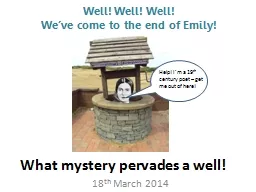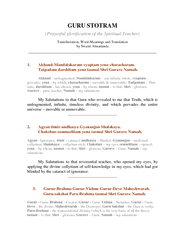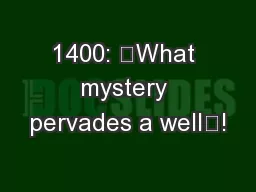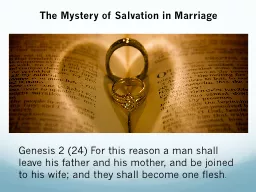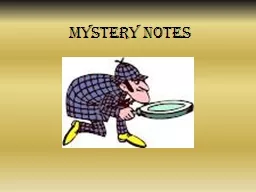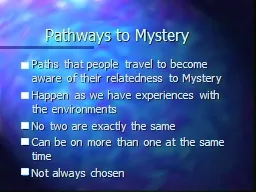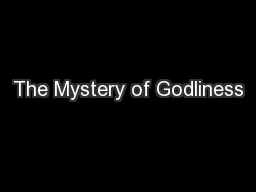PPT-What mystery pervades a well!
Author : olivia-moreira | Published Date : 2016-06-16
18 th March 2014 Well Well Well Weve come to the end of Emily Help Im a 19 th century poet get me out of here What mystery pervades a well That water lives so
Presentation Embed Code
Download Presentation
Download Presentation The PPT/PDF document "What mystery pervades a well!" is the property of its rightful owner. Permission is granted to download and print the materials on this website for personal, non-commercial use only, and to display it on your personal computer provided you do not modify the materials and that you retain all copyright notices contained in the materials. By downloading content from our website, you accept the terms of this agreement.
What mystery pervades a well!: Transcript
Download Rules Of Document
"What mystery pervades a well!"The content belongs to its owner. You may download and print it for personal use, without modification, and keep all copyright notices. By downloading, you agree to these terms.
Related Documents

